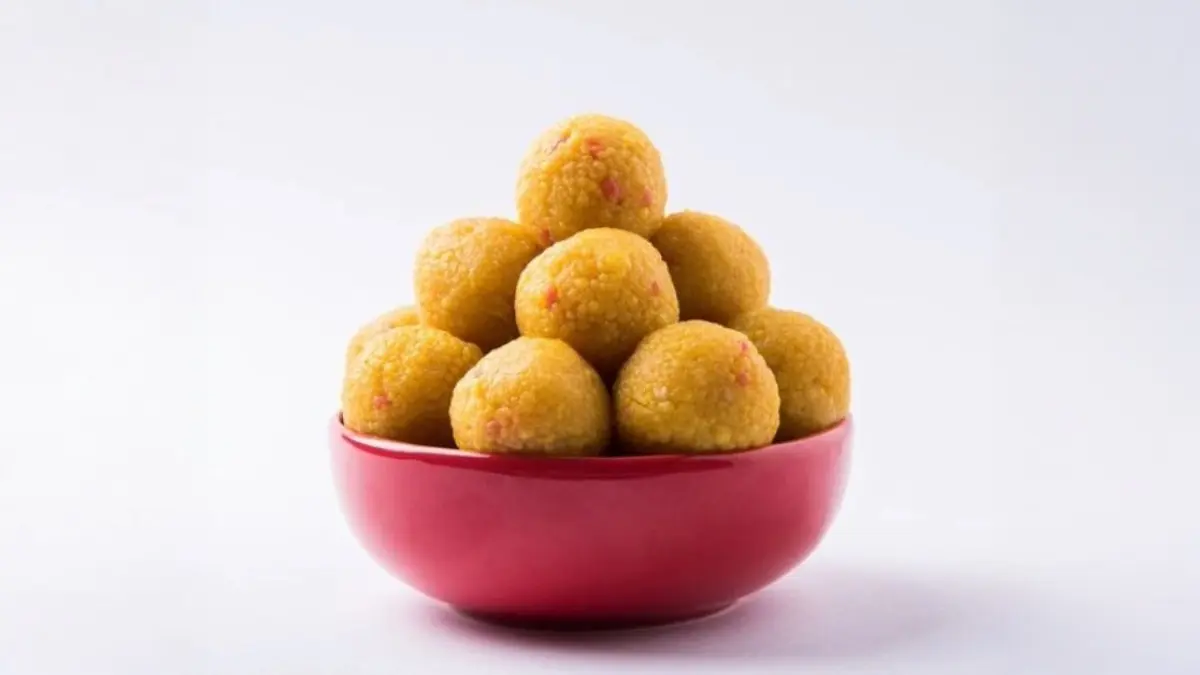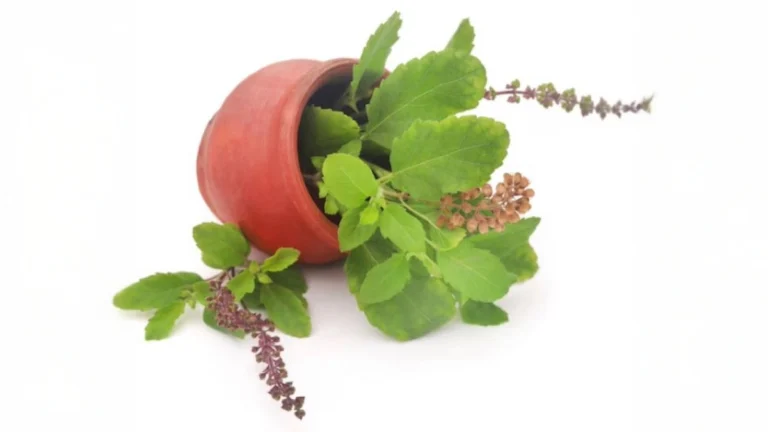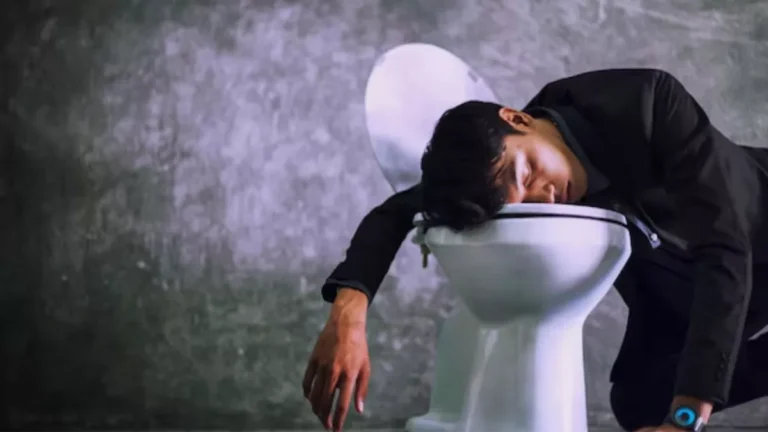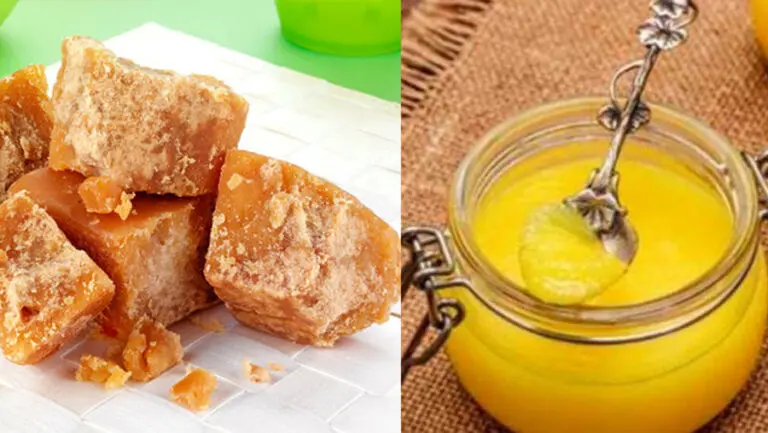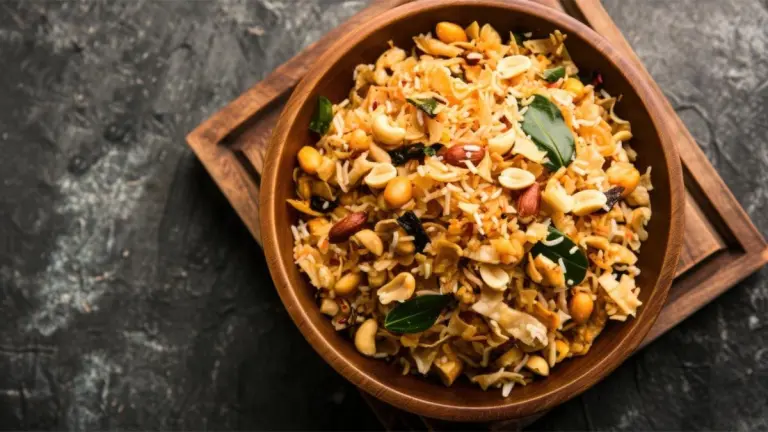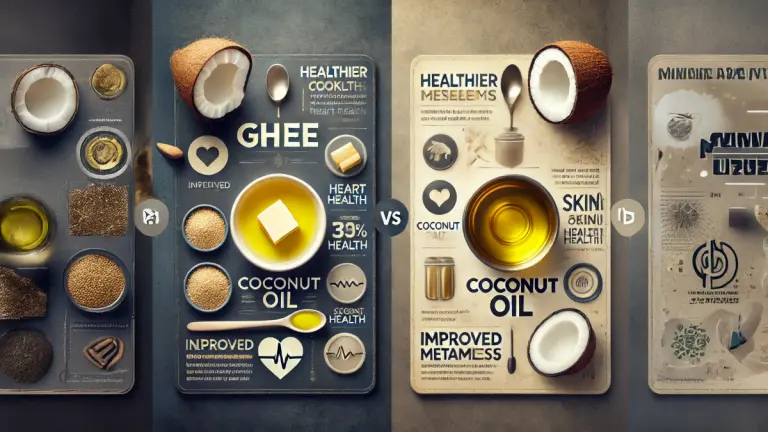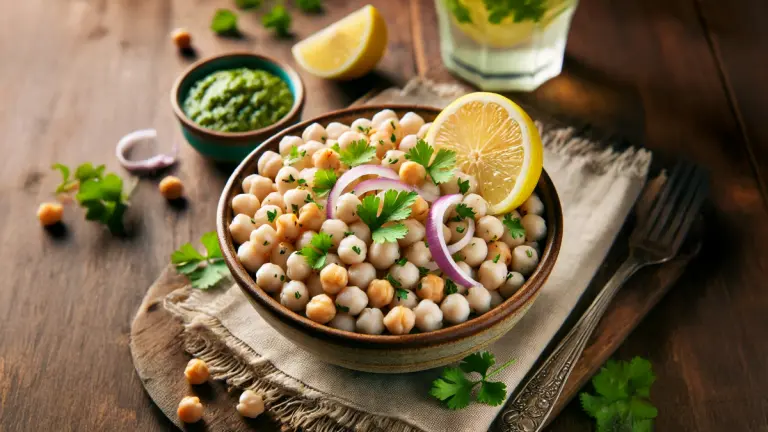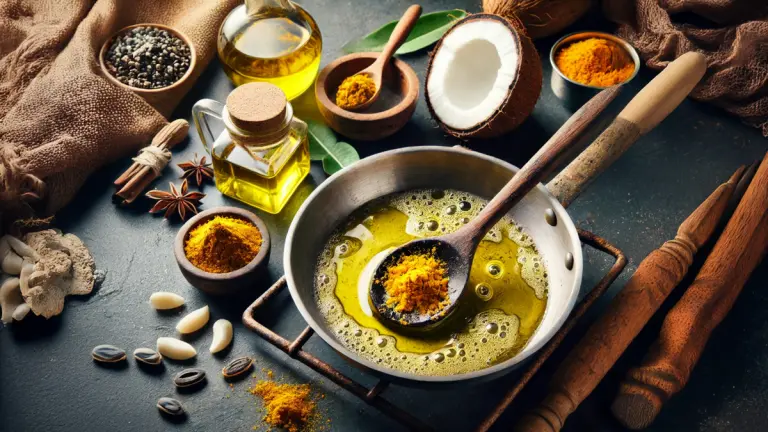Table of Contents
Laddoo: In India, good news means distributing laddus! Do you know that this round sweet which has become the face of celebrations today was once considered only a medicine for diseases? Yes! The story of laddu is not just about a sweet but is linked to thousands of years old Ayurvedic understanding and Indian culture. Let’s know its interesting history.
Laddoo: From Ancient Medicine to India s Sweet Celebration
- The moment we hear the name of Laddu, sweetness spreads on our tongue.
- Any happiness seems incomplete without this sweet.
- There was a time when laddus were a part of Ayurvedic treatment.
Whenever there is any good news, like marriage is fixed, child is born or someone has topped the exam, then the first question of the people is, “When are you feeding me laddus?”Plump, coated in Desi Ghee, every bite of sweet laddoos are not just a sweet but have become a symbol of happiness. Be it a temple prasad or an office party, celebrations seem incomplete without laddoos.But have you ever wondered that these laddus were not always sweets?
Yes! Actually, laddus started as a medicine. Once they were considered to be Ayurvedic pills that increased the strength of the body, which were easily eaten by giving them a round shape in a sweet form. So let’s know how India’s most famous sweet became a medicine
When Laddoo was a support for health
Today we eat laddu as a sweet, but it started as a medicine. It is said that around 300 BC, ancient Ayurvedacharya Sushruta started giving herbs and medicinal ingredients to his patients by giving them a round shape. Its purpose was – to give bitter medicines in a simple form and serve them in measured quantities.
These contained ingredients like sesame, jaggery, fenugreek, ginger powder, lotus seeds, honey, and desi ghee, which besides giving energy to the body also helped in fighting diseases.
A mistake that turned into a taste
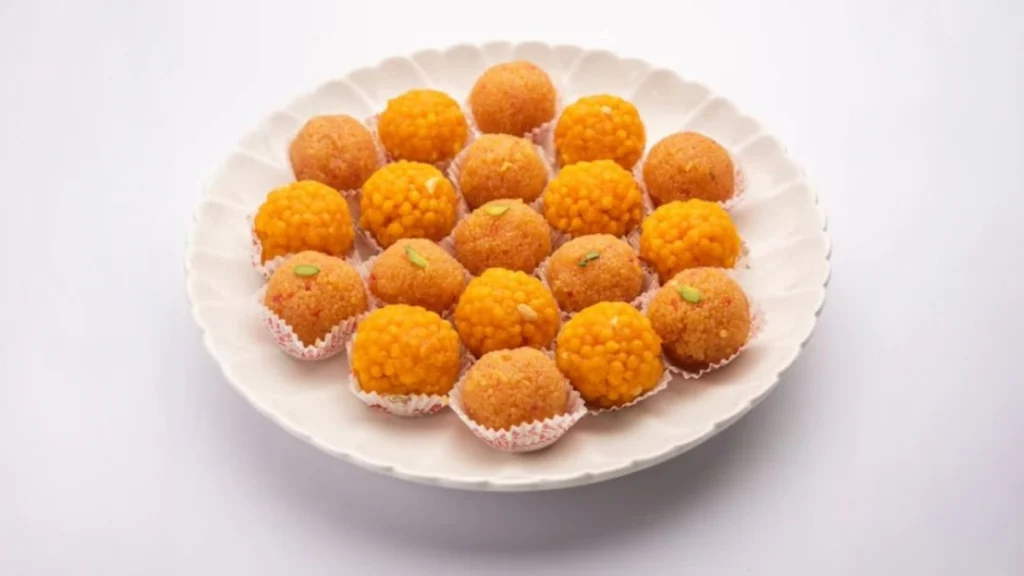
It is said that sometimes mistakes become inventions. According to a folklore, a trainee Vaidya added too much ghee to a medicine. When the mixture became too sticky, he made small balls out of it – and thus the ‘laddu’ was born! Patients found it easy to eat, and it became easy for Vaidyas to serve it.In our country, the special Gum Laddus given to women after delivery are also a part of this Ayurvedic tradition. Gum, nuts, ghee, turmeric and spices are used in these Laddus, which give strength to the new mother and help in the recovery of the uterus.
Travel and War Companion
If you thought that laddus were limited to the kitchen, it is not so. In South India, especially during the Chola Empire, coconut laddus were the source of nutrition for soldiers during travel and war. These did not spoil for a long time and were full of energy. So warriors used to carry them with them.
Sugar came and the sweetness increased
Earlier laddus were mainly ayurvedic and less sweet, but as the use of sugar increased (especially during the British period), laddus also got a new twist. White sugar replaced jaggery and the sweetness that came in the taste made laddus the hero of every festival.
Not limited to India only
Indians living abroad have also kept laddus as a part of their culture. In America, Canada, Dubai, and European countries, laddus are served with great gusto in weddings and festivals. Many fusion laddus like “kiwi-dryfruit laddu” or “protein Laddoo” are also in trend now.
The first bite of every happiness
- In India, ‘good news’ means – distributing laddus.
- A child is born – bring laddu
- Exam cleared – distribute laddus
- Got a new house – eat Laddoo
- Marriage is fixed – feed me laddus
Laddoo is no longer just a sweet; it has become a symbol of happiness.
(Disclaimer: The information given here is based on general information. Before adopting it, definitely take medical advice. THE MONK does not confirm this.)

